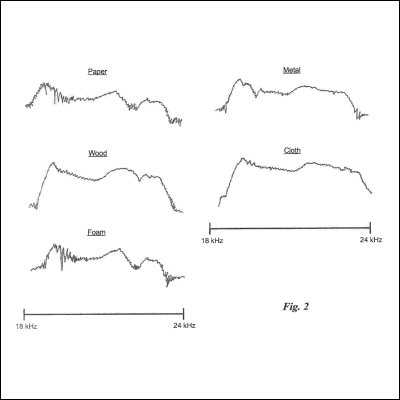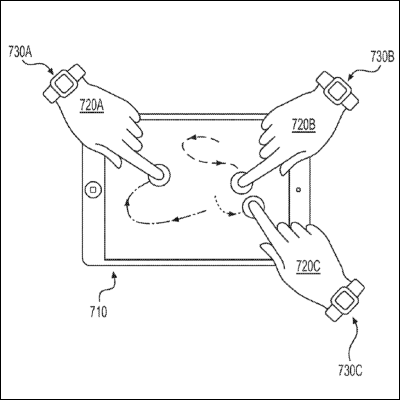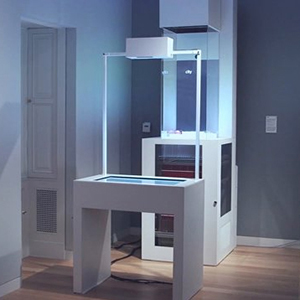UltraSense

With project UltraSense we explore a method that enhances the capabilities of electronic devices by leveraging the interaction between the device and various surfaces encountered during everyday use.
Electronic devices, such as smartphones or robot vacuum cleaners, frequently come into contact with different objects and surfaces. For instance, a smartphone may rest on a kitchen table, car seat, work desk, or coffee table, while a robot vacuum cleaner navigates across diverse floor types like wood, carpet, tile, or laminate.
A device emits a carefully generated audio signal from a transducer towards a nearby surface. This signal consists of a frequency sweep across a range of frequencies. The device then captures and analyzes the reflected audio signal received by another transducer.
By examining the characteristics of the reflected audio signal, the method enables the device to determine specific attributes of the surface it interacts with. This information can be used to adapt device behavior or provide useful feedback to the user. For instance, a smartphone could adjust its audio output based on the type of surface it rests on, or a robot vacuum cleaner could optimize its cleaning strategy depending on the floor type it encounters. Even non-mobile devices, like microwaves, could benefit from this method by recognizing the type of food container used for heating.


















